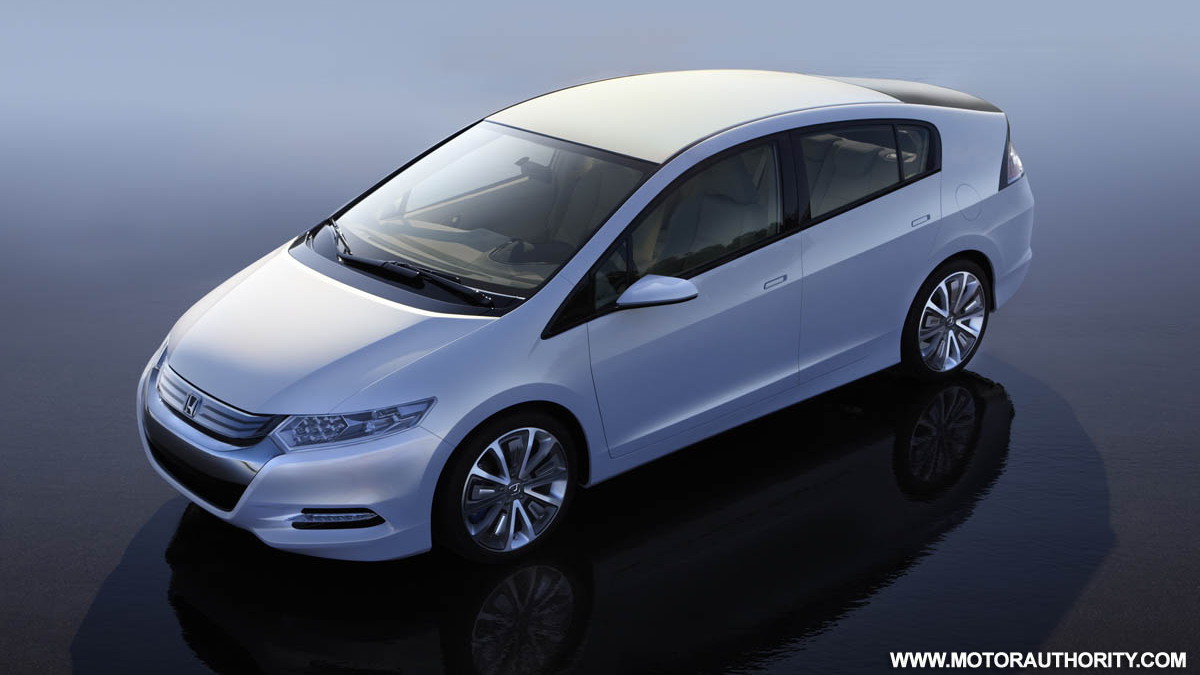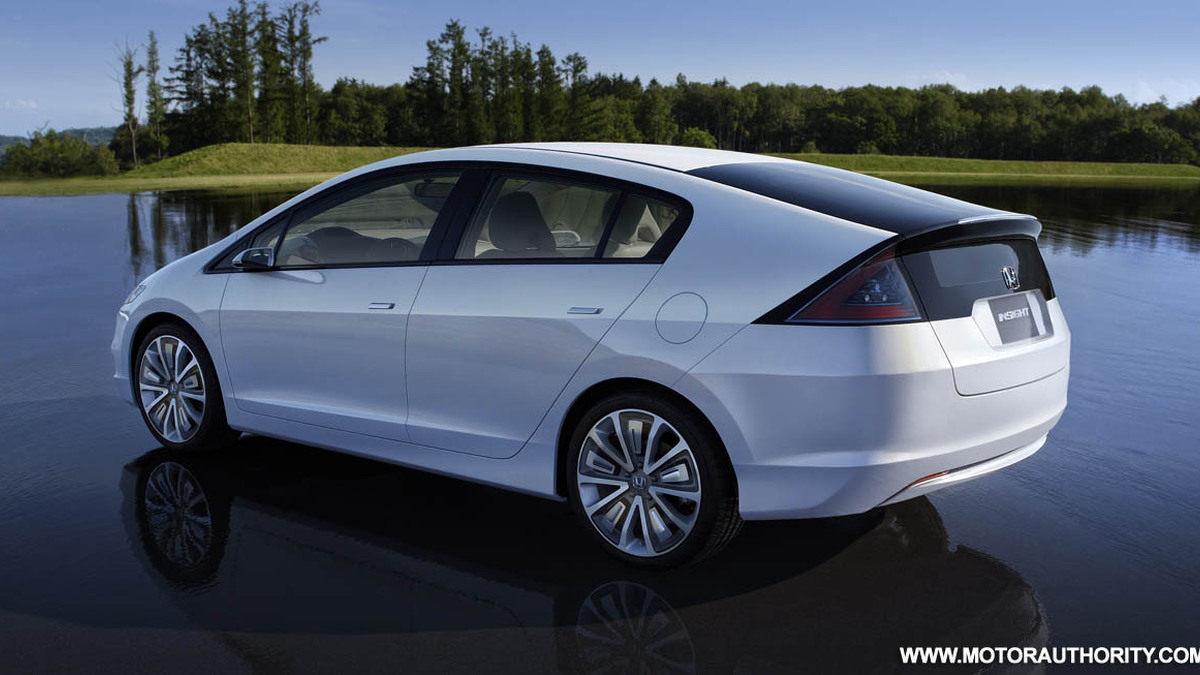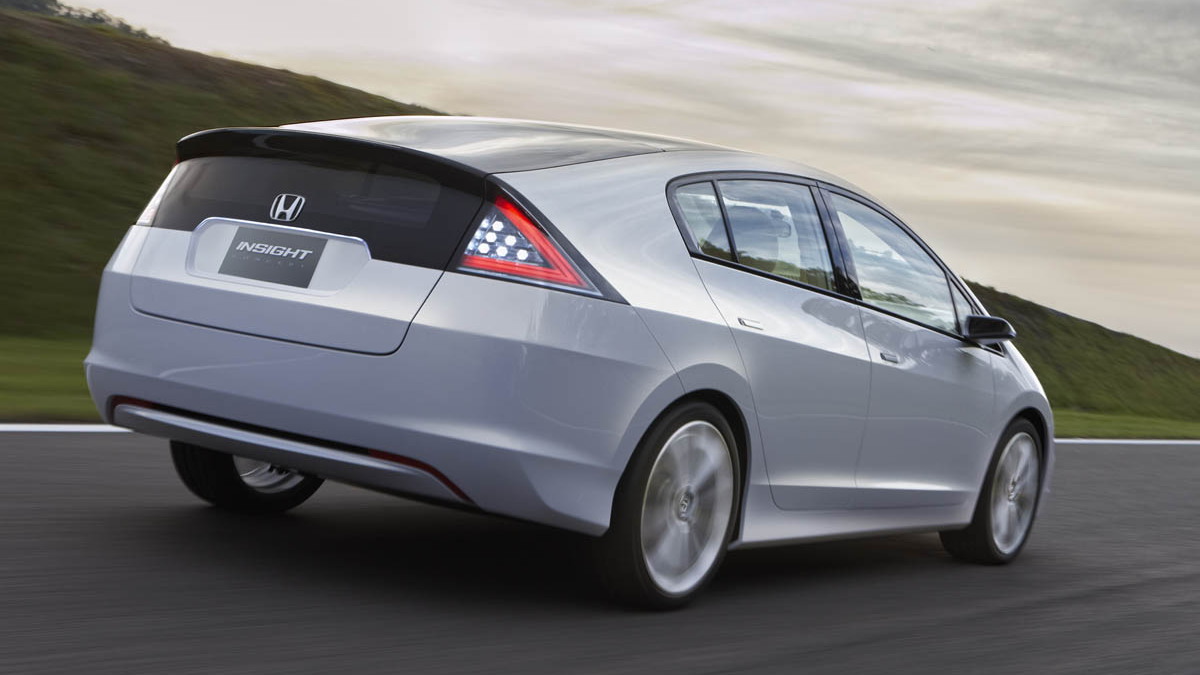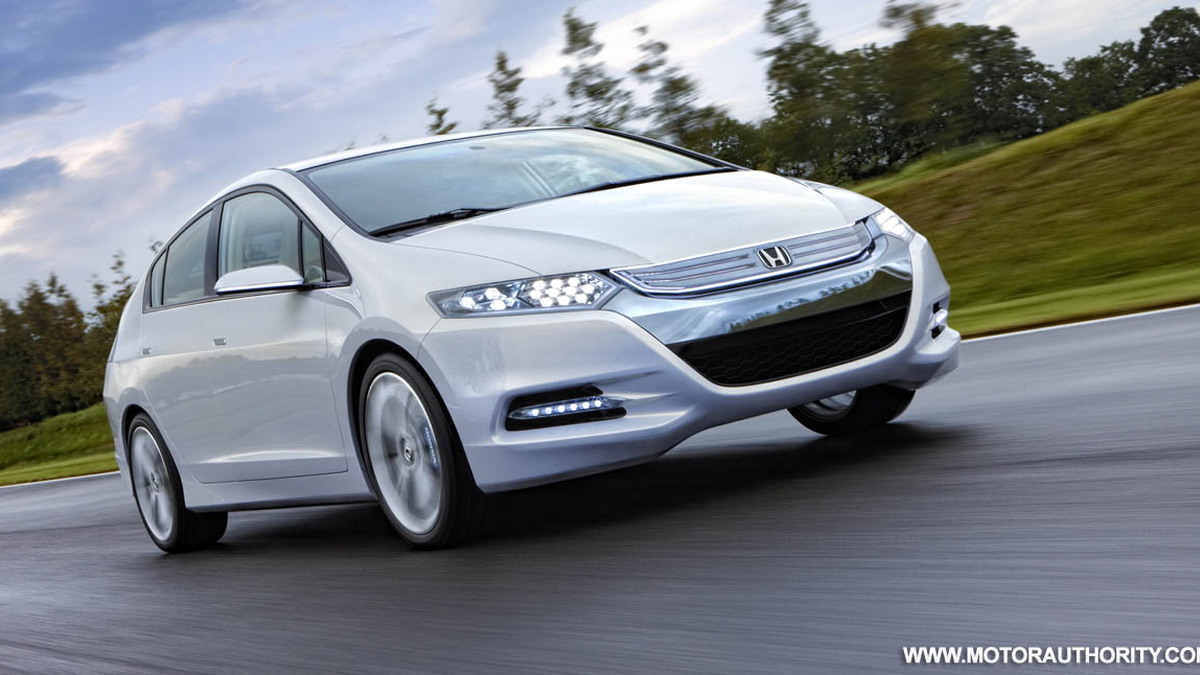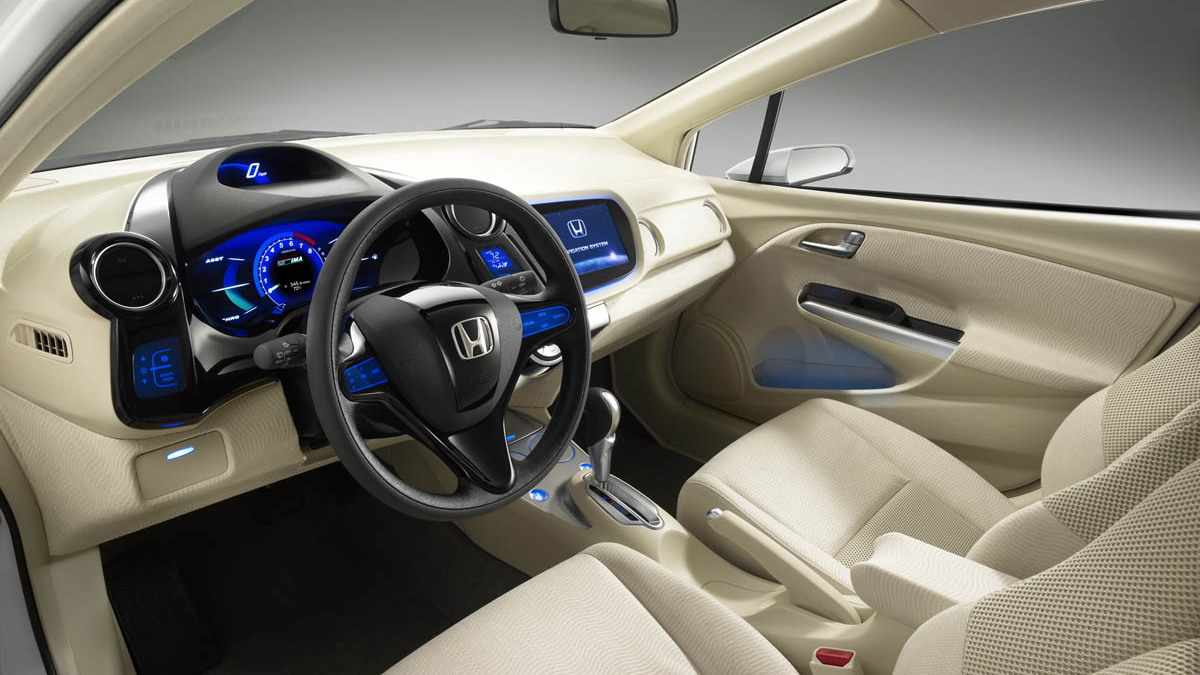Starting with a capital investment that would equate to roughly $9,200, the business built its strength on its small engine prowess, constructing the A-Type motorized bicycle and a number of full-sized motorcycles, including the very first - the Dream D-Type, which came along in August 1949. The first Honda automobile didn't arrive until 1962, when the T360 and S500 debuted. The S500 was a tiny roadster, with 62mph (100km/h) top speeds and affordable pricing. It was Honda's idea of a "people's car". Despite its late an humble beginnings in the automotive industry, by 1964, Honda had entered into Formula 1 competition, adding F2 in 1965.
Since then they've progressively grown their business through each field, and added new ones along the way. At 60 years in business, Honda is just a year behind Ferrari, which was founded in 1947. General Motors, on the other hand, celebrated its 100th year in business last week. The differences in all three companies' product lines, ages and current position within the market reflect what such a span of time can lead to in the automotive industry.
From those first small vehicles in the early 1960s, Honda has grown over the last five decades to generate annual sale of 3.9 million cars and 9.3 million motorcycles in addition to millions of small engines, boat engines and other applications that bring the total of internal combustion engines built last year to almost 24 million.
Even as it thrives in many sectors of combustion engine development and sales, however, Honda is exploring the future of personal transport propulsion systems, despite opting out of the race for a plug-in electric vehicle.

